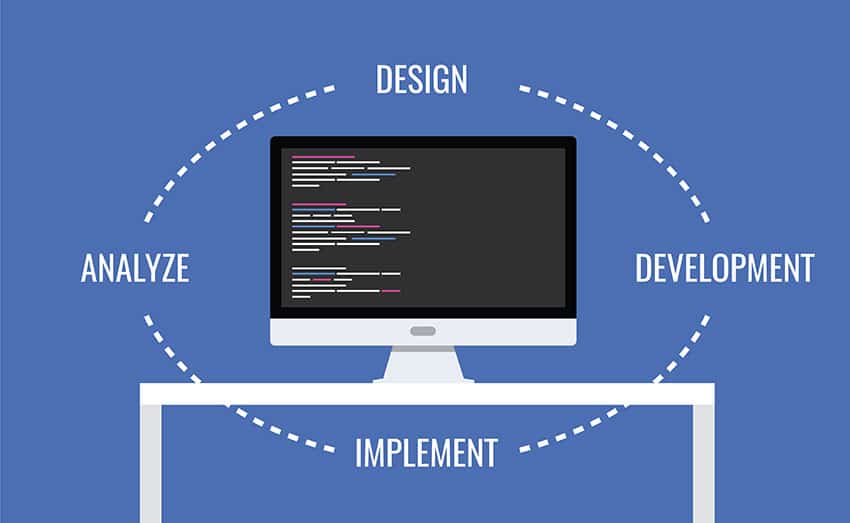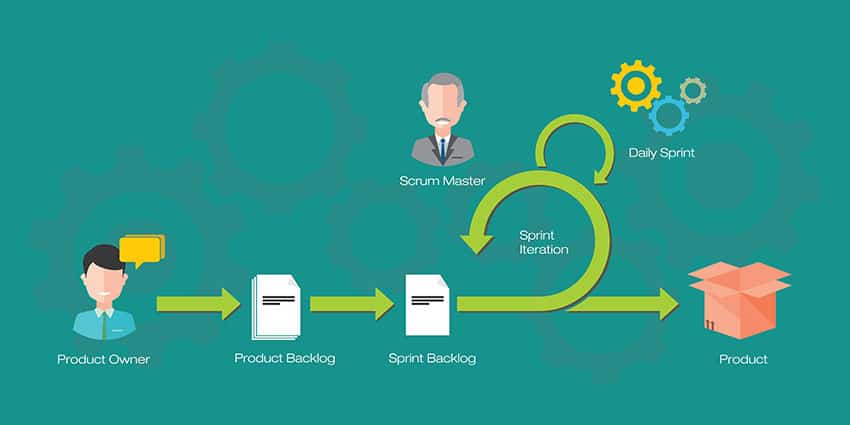Peak productivity is often an ultimate goal for most lean leaders and managers. Having a highly productive team means that your workers are completely efficient in their workflows — and that directly affects your company’s bottom line.
But many obstacles can stand in the way of this height of efficiency. Whether it’s out-of-date technology, inefficient workflows or overwhelmed human resources, managers must examine and tackle many potential issues when it comes to streamlining processes to boost productivity.
What is the Productivity Paradox?
One somewhat counterintuitive concept that can be a roadblock to efficiency is called the “productivity paradox.” Also known as the Solow computer paradox for the man who dreamed up the concept a couple of decades ago, the principle says that the more investments that are made into a business’ information technology, the more likely it is that worker productivity will decrease instead of increasing.
Many managers make IT investments to help streamline processes and keep things moving along. They purchase new equipment, transfer systems to new servers (or the cloud) and move to new software often with productivity in mind.
But stop and consider it for a moment. As workers and/or managers, we’ve all gotten into the office a little early with the intention of clearing up some work. Then we open our email to find a full inbox to sort through before we can even begin any important project tasks. This is obviously an issue that cause issues for many businesses, whether they know it or not.
According to a report from New York-based research firm Basex, about 28 per cent of a worker’s time is wasted due to interruptions or recovery time. That translates into about $900 billion in lost productivity in a single year.
So how can businesses avoid this productivity roadblock? We’ve rounded up a few recommendations to help managers cull this time waster and stop spending needless dollars on systems that may only make your teams less efficient.
Cut Down on Lost Passwords
With all the systems and software required for even the simplest of jobs these days, it’s almost impossible to keep up with the plethora of passwords required. And resetting passwords after workers have lost or forgotten them eats up precious time and IT resources.
So, what’s the solution? Consider implementing a single sign-in portal. Employees will only need to log into a single portal to access all the systems necessary to complete their tasks.
Cull Unnecessary Back and Forth
Email churn is a big issue when it comes to productivity. Many hours are often wasted coordinating and following up for events, meetings and various tasks. But implementing tools like data-rich calendar systems and instant messaging can cut down on this issue. When an employee can see a colleague’s schedule, this cuts down on the churn around meeting coordination. And unified communications tools like instant messaging keeps communications brief rather than filling up people’s email inboxes with dozens of quick questions and requests.
Streamline Collaborations
While there are numerous tools available these days to allow employees in different locations to access the same file systems (think cloud-based services like DropBox), workers often run into issues accessing or uploading out-of-date versions of documents. Ensure all your workers are synced up by looking into business-level IT solutions that allow team members to access and work on documents simultaneously.






